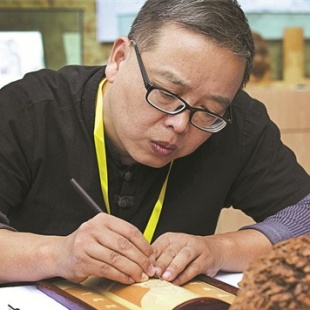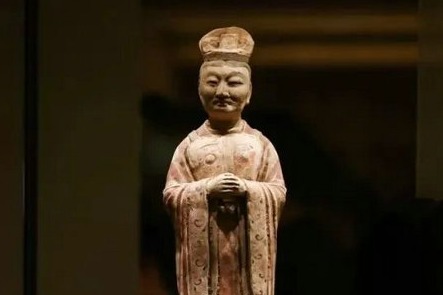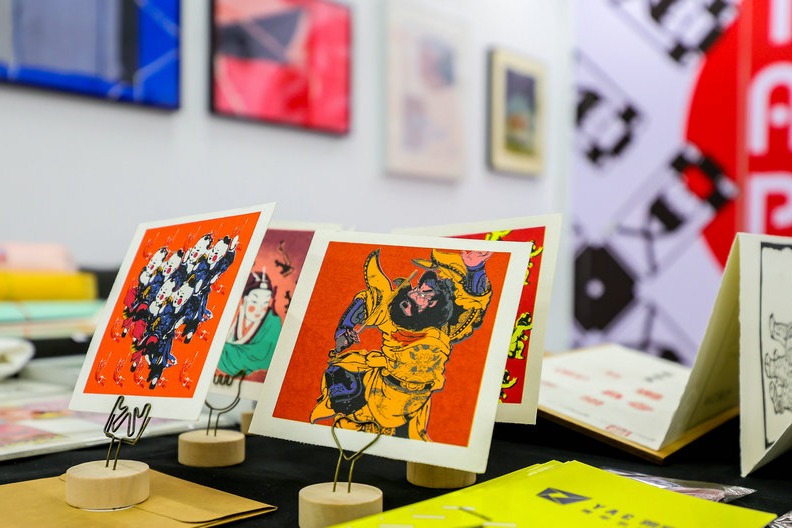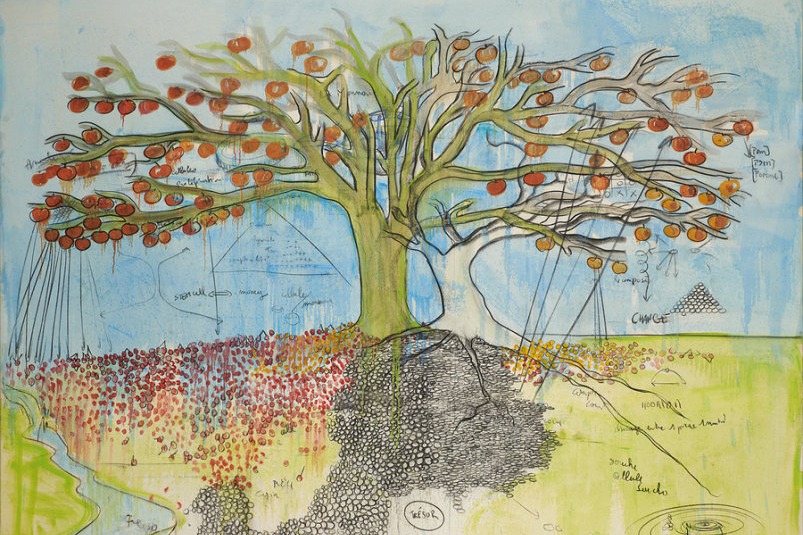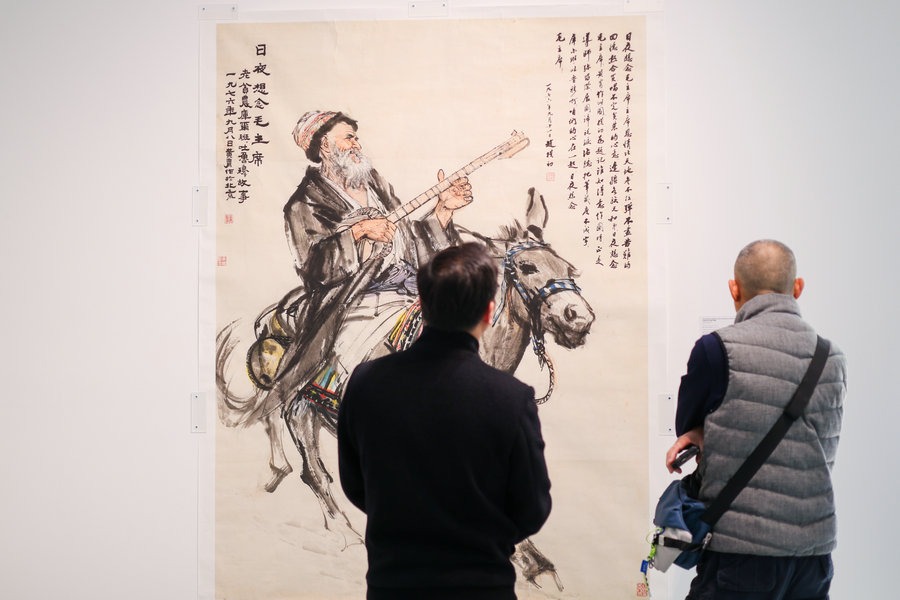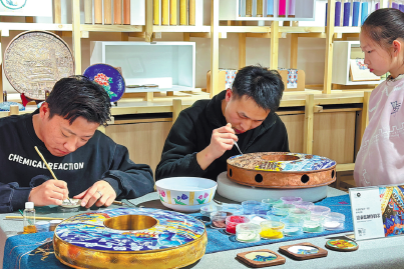The maker of miniature worlds
Hakka bamboo artisan carves space for ancient art in modern life, Yang Feiyue reports.

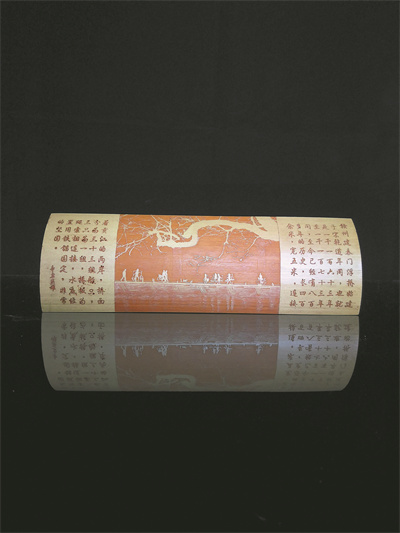
Bamboo carving turns the humble material into exquisite canvases of cultural expression, with artisans wielding their knives like painters' brushes to create intricate, decorative patterns.
While its origins date back to the Six Dynasties (222-589) period, the art began to flourish during the Tang Dynasty (618-907), before achieving its golden age during the Ming and Qing (1644-1911) dynasties.
For centuries, literati revered bamboo as the living embodiment of moral integrity and spiritual purity — its unyielding straightness symbolizing upright character, its hollow stems representing humility, and its evergreen resilience signifying enduring virtue.
This cultural symbolism permeated classical poetry and literature, most famously expressed by the literary giant of the Song Dynasty (960-1279) Su Shi, who once wrote that he would "rather dine without meat than dwell without bamboo".


